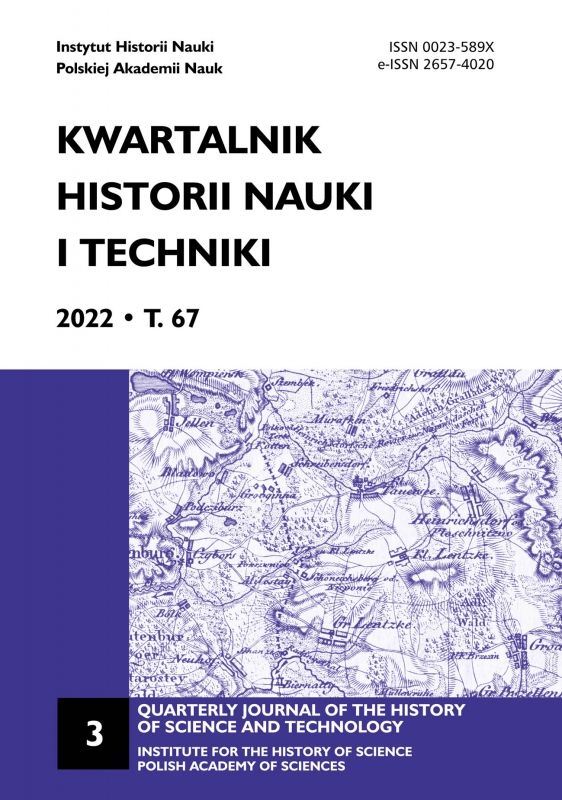Józef Żurowski’s (1892–1936) Activity as the Conservator of Archeological Artefacts in the Lesser Poland Region
Józef Żurowski’s (1892–1936) Activity as the Conservator of Archeological Artefacts in the Lesser Poland Region
Author(s): Katarzyna RyszewskaSubject(s): History, Geography, Regional studies, Regional Geography, Local History / Microhistory
Published by: Wydawnictwo Uniwersytetu Jagiellońskiego
Keywords: history of archaeology; protection of archaeological heritage; Second Polish Republic; Lesser Poland Region
Summary/Abstract: The article aims to present the multifaceted activity of Józef Żurowski (1892–1936), an archaeologist and conservator of prehistoric artefacts in Małopolska. The study relies on extensive archival material and Żurowski’s numerous publications. In the years 1920–1936, he was the conservator of the Krakow region and later the West Małopolska region, acting successively on behalf of the State Group of Prehistoric Monuments Conservators and the State Archaeological Museum in Warsaw. Żurowski’s most outstanding achievements include carrying out the first excavations in the banded flint mine in Krzemionki, conducting research on multicultural sites in Złota, supervising the digging of the monumental Krakus Mound, discovering and interpreting the first burials of the Bell Beaker culture in Poland, as well as examining many early medieval cemeteries. As a conservator, he not only inventoried and excavated many archaeological sites – such as numerous strongholds, barrows, and the caves of the Ojców Jura – but also ensured their protection and preservation. Józef Żurowski died prematurely at 45, yet he is one of the most distinguished Polish archaeologists of the Second Polish Republic.
Journal: Kwartalnik Historii Nauki i Techniki
- Issue Year: 2022
- Issue No: 3
- Page Range: 91-118
- Page Count: 28
- Language: English

